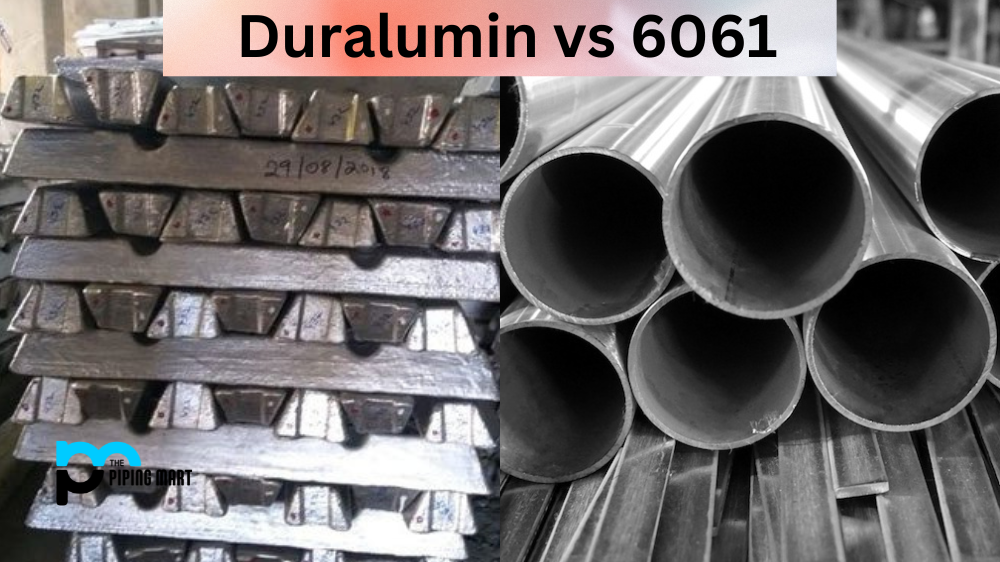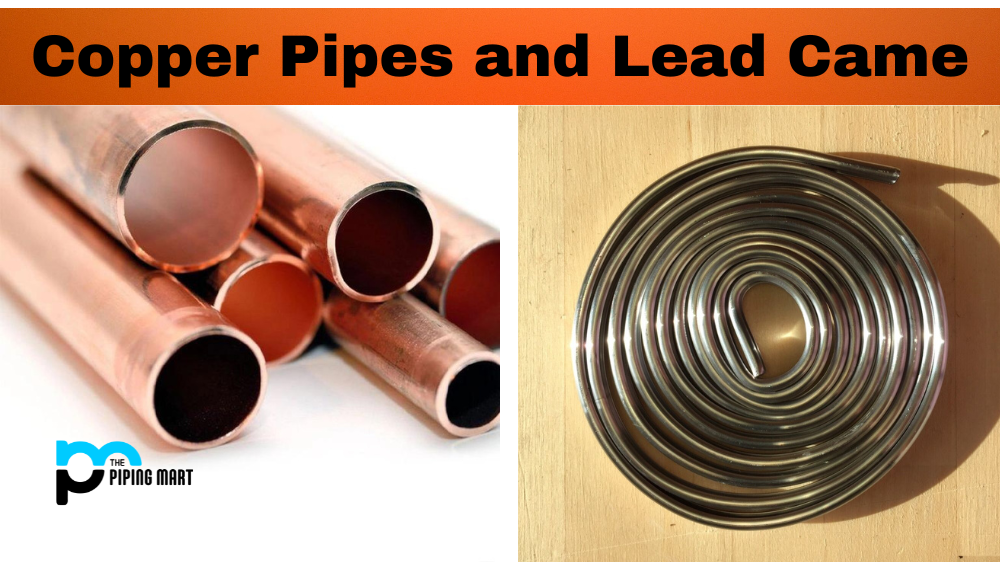Aluminium is one of the most widely used metals in industries. It is due to its remarkable properties, lightweight, strength, and corrosion resistance. However, using pure aluminium in most applications can be challenging because it needs to be stronger and can rust easily. This is where aluminium alloys come into play.
Difference Between Duralumin and 6061
Aluminium alloys are mixtures of pure aluminium with other metals such as copper, manganese, and silicon, among many others. One of the most popular aluminium alloys is duralumin, while the other is 6061. In this blog post, we’ll compare duralumin vs 6061 and determine which is better regarding performance, uses, and applications.
Composition
Duralumin is an aluminium alloy that contains copper, magnesium, and manganese. The composition of duralumin typically consists of 4% copper, 0.5-1% magnesium, and 0.5-1% manganese. On the other hand, 6061 is an aluminium alloy that contains magnesium and silicon. The composition 6061 typically consists of 1% magnesium and 0.6% silicon. These alloys have other minor elements, such as zinc, titanium, and iron.
Strength and Weight
When it comes to strength and weight, both duralumin and 6061 have their pros and cons. Duralumin is longer the aluminium but not as strong as other aluminium alloys, such as 7075. However, duralumin is relatively lightweight compared to steel, making it an excellent choice for the aviation and aerospace industries. 6061 is an alloy that is known for its strength-to-weight ratio. It is lighter than other aluminium alloys but may not be as strong as duralumin.
Corrosion Resistance
Another critical factor that needs to be considered is the corrosion resistance of the alloys. Duralumin has poor corrosion resistance due to its high copper content. Exposed duralumin to salt water or other corrosive environments can lead to pitting and other forms of corrosion. On the other hand, 6061 has excellent corrosion resistance properties due to its high silicon content. It is widely used in marine environments, as it can resist corrosive substances such as salt water.
Applications
Duralumin and 6061 have many applications in various industries. Duralumin was first used in the aviation industry in the early 1900s. It became widely adopted because it is lightweight and has good mechanical properties. Duralumin is still used in the aviation industry today and in manufacturing automotive parts, bike frames, and sporting equipment. 6061, on the other hand, is used in various applications such as bike frames, sporting equipment, automotive parts, and even in the production of mobile phones.
Price
Price is an important factor that most people consider when choosing a metal. Both duralumin and 6061 have a reasonable price range. Duralumin is slightly more expensive compared to 6061 due to its production process.
Conclusion
There you have it! Duralumin and 6061 are two popular aluminium alloys with their pros and cons. Choosing between the two depends on your specific application needs. If you want a lightweight alloy with good strength, duralumin is an excellent choice. However, if you need an alloy that can resist corrosion and may require little strength, 6061 is a better option. The price may also be a determining factor, although both alloys have reasonable price ranges. Whether you choose duralumin or 6061, both alloys are widely used in various industries due to their excellent properties.

Meet Bhavesh, a seasoned blogger with a wealth of knowledge and experience. From metal products manufacturing to retail, Bhavesh has a diverse background in various industries and is dedicated to sharing his insights and expertise with readers.




